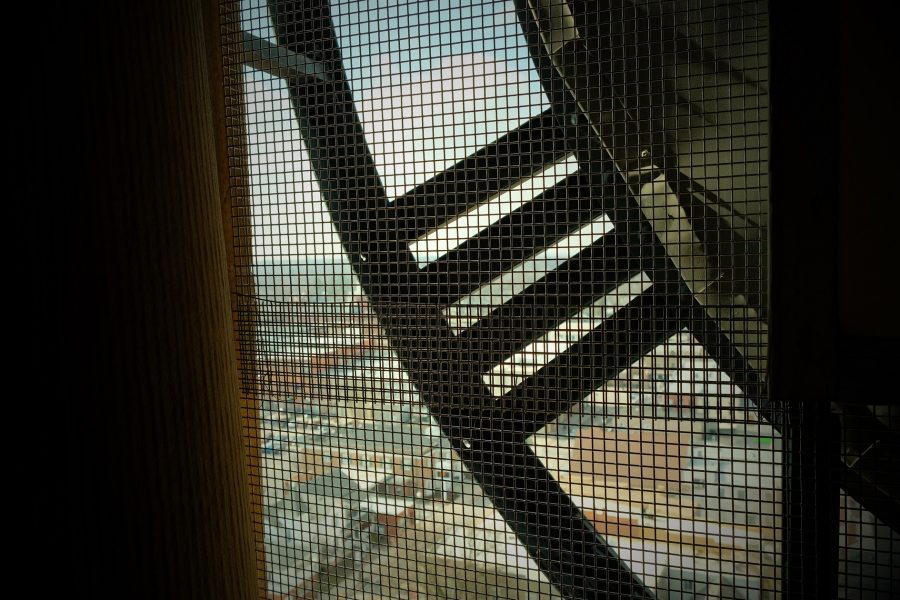The history of daylight savings
The classic story of daylight savings begins with Benjamin Franklin, however, it is actually accredited to George Hudson, who in 1895, proposed the time-change because he wanted to stay out longer during summers and hunt for bugs. During WWI, Congress officially passed the concept in 1918 as a way to save energy, and following the war, they allowed state governments to decide if they wanted to keep it. According to the DOT, “daylight saving time reduces crime, conserves energy and even saves lives and prevents traffic injuries.”
Not everyone participates
State governments were allowed to decide whether or not they wanted to participate. This is due to the law not taking effect until 1966. As of 2023, Arizona (except for the Navajo Nation), Hawaii, the American Samoas, Guam, the Northern Mariana Islands, Puerto Rico and the U.S. Virgin Islands all do not participate in daylight savings.
How to prepare for another hour
Changing the clocks has more of an effect than just sleep. According to researchers at Johns Hopkins School of Health, daylight savings can increase your health risks, including heart attacks and stroke. Along with sleep loss, participants are at higher risk of mood changes, an increase in hunger and more. The best way to combat this? Take care of your health, and focus on well-being throughout the period.
Things to do with your extra hour of sleep
Sunday, Nov. 5 marks “fall back,” when the nation will receive an extra hour of sleep until March 2024, when the clocks will “jump forward” again. While most will take this time to sleep in, there are multiple things to do during this time. Breakfast, coffee and slow mornings can be a great way to enjoy some warmth during the cold months.



